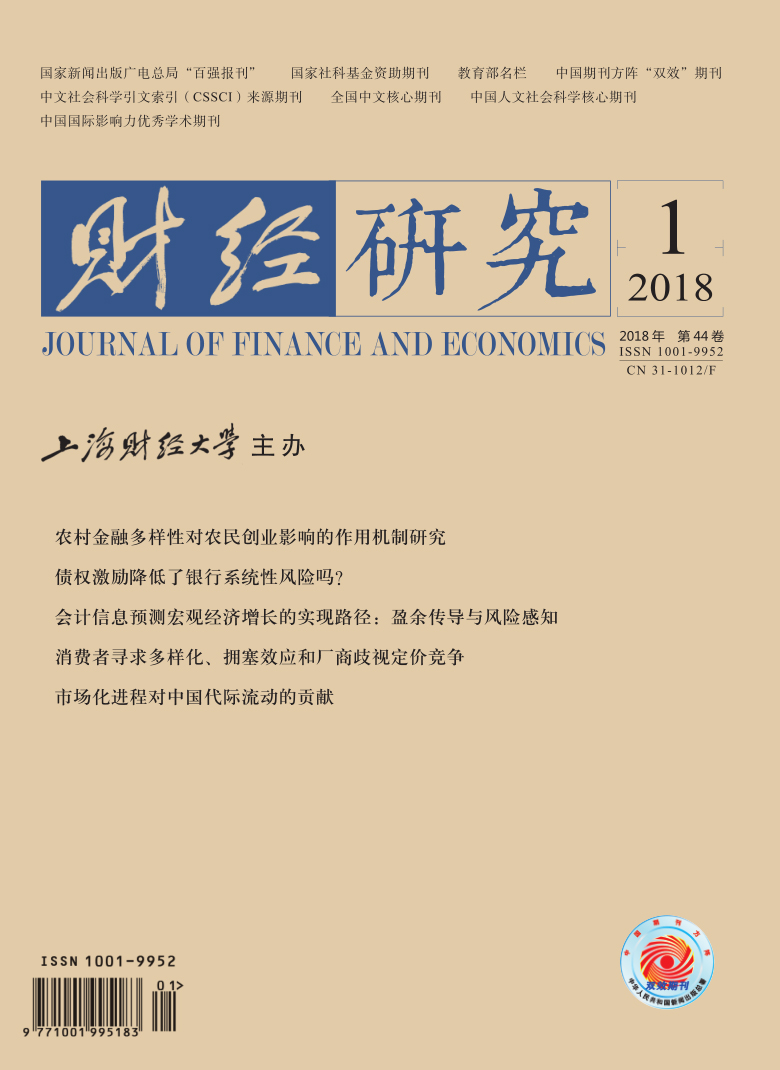High discount rates of private placement are an important way to realize tunneling for large shareholders, which is a continuous attention from theorists and practitioners. Previous research focuses on financial factors, ownership structure and other micro level factors, ignoring the impacts of macro level factors. Based on the macro environment system of China, this paper examines how government subsidies affect the discount rates of private placement from a new perspective of government subsidies, through the analysis of the pricing mechanism of private placement. The empirical results show that high-level government subsidies lead to the high fixed discounts, but the relationship between government subsidies and private placement discounts varies with property right nature and objects who will buy the shares. The details are as follows: first, high-level government subsidies lead to high fixed discounts, because on the one hand, government subsidies help to release good news, making the secondary market prices higher, and on the other hand, they also help to bring down SEO prices by the agency costs that it has caused, but the former effect is higher than the latter. Second, the positive correlation between government subsidies and the discount rates of private placement is more significant in state-owned enterprises. On the one hand, compared with private enterprises, state-owned enterprises can release more good news(the support hand of the governments), amplifying the positive effect of government subsidies, and the prices of the secondary market are more easily to be overvalued; on the other hand, the agency costs of state-owned enterprises are greater(the governments’ grabbing hand), and the effects of agency costs caused by government subsidies are magnified, thus the reduction in the SEO prices is greater; but the former effect is higher than the latter. Third, considering there are differences among the objects of the private placement, this paper pursues research from the following three major cases, namely participation of only large shareholders, participation of only institutional investors, and participation of both large shareholders and institutional investors. The empirical results are as follows: (1)the positive correlation is reinforced by the motive of the interests of large shareholders when only large shareholders participate in private placement, and it is more prominent in state-owned enterprises because of stronger motivation(the consolidation of the controlling rights of large shareholders)and more convenient conditions(political connections, government guarantee, and sustained government subsidies)to tunneling in state-owned enterprises;(2)the positive correlation is weakened when institutional investors buy the shares;(3)the positive correlation is reinforced when both large shareholders and institutional investors participate in private placement, which is a conspiracy. It is more prominent in state-owned enterprises because of greater private benefits(richer resources of state-owned enterprises)to large shareholders and institutional investors, and the probability of conspiracy that comes to light is relatively low(the internal control is relatively weaker in state-owned enterprises). Further analysis finds that information transparency weakens the positive correlation, and the higher employment subsidies are, the higher discount rates are; total related transactions in companies with high placement discount rates are much more than the ones in companies with low placement discount rates, thus the effect mechanism of government subsidies on discount rates of private placement is further verified. This paper not only provides a new perspective for understanding the discounts of private placement issue, but also finds that government subsidies can be served as an indirect way of tunneling, which has important practical implications and policy reference to improve the capital market efficiency and strengthen the supervision of government subsidies.
 / Journals / Journal of Finance and Economics
/ Journals / Journal of Finance and EconomicsJournal of Finance and Economics
LiuYuanchun, Editor-in-Chief
ZhengChunrong, Vice Executive Editor-in-Chief
YaoLan BaoXiaohua HuangJun, Vice Editor-in-Chief
Are Government Subsidies Contributed to the “Feast” of Private Placement Indirectly?
Journal of Finance and Economics Vol. 44, Issue 01, pp. 87 - 99 (2018) DOI:10.16538/j.cnki.jfe.2018.01.007
Summary
References
Summary
[1]He X J, Zhu H J. Tunneling, information asymmetry and private placement discount[J]. China Accounting Review, 2009, (3): 283-298. (In Chinese)
[2]Lu R, Xu L B. The asymmetry information effect on bull and bear stock markets[J]. Economic Research Journal, 2004, (3): 65-72. (In Chinese)
[3]Qu W Z, Xu N X, Guan J X, et al. Marketization, government intervention and stock liquidity premium distribution[J]. Economic Research Journal, 2008, (4): 132-146. (In Chinese)
[4]Xu S F, Xu L B. Cash dividend policy, agency cost and corporate performance[J]. Journal of Management Science, 2015, (1): 96-110. (In Chinese)
[5]Wang Z Q, Zhang W T, Lin L F. A study on the tunneling of private placement in Chinese market[J]. Nankai Business Review, 2010, (3): 109-116. (In Chinese)
[6]Zhang L S, Huang M. Empirical pricing research of private placement in A-share market of China[J]. Finance & Economics, 2009, (9): 34-41. (In Chinese)
[7]Zhang W D, Li D Z. The influencial factors of private equity’s (PE) discount rate and the empirical study of the relationship between them and the short-term stock price - From the China’s listed companies’ empirical evidence[J]. Accounting Research, 2008, (9): 73-80. (In Chinese)
[8]Barclay M J, Holderness C G, Sheehan D P. Private placements and managerial entrenchment[J]. Journal of Corporate Finance, 2007, 13(4): 461-484.
[9]Kothari S P, Shu S, Wysocki P D. Do managers withhold bad news?[J]. Journal of Accounting Research, 2009, 47(1): 241-276.
[10]Wruck K H. Equity ownership concentration and firm value[J]. Journal of Financial Economics, 1989, 23(4): 3-28.
Cite this article
Peng Shaobing, Wang Yu, Zheng Weihong. Are Government Subsidies Contributed to the “Feast” of Private Placement Indirectly?[J]. Journal of Finance and Economics, 2018, 44(1): 87–99.
Export Citations as:
For
ISSUE COVER
RELATED ARTICLES




 , 1
, 1 7490
7490  6680
6680

